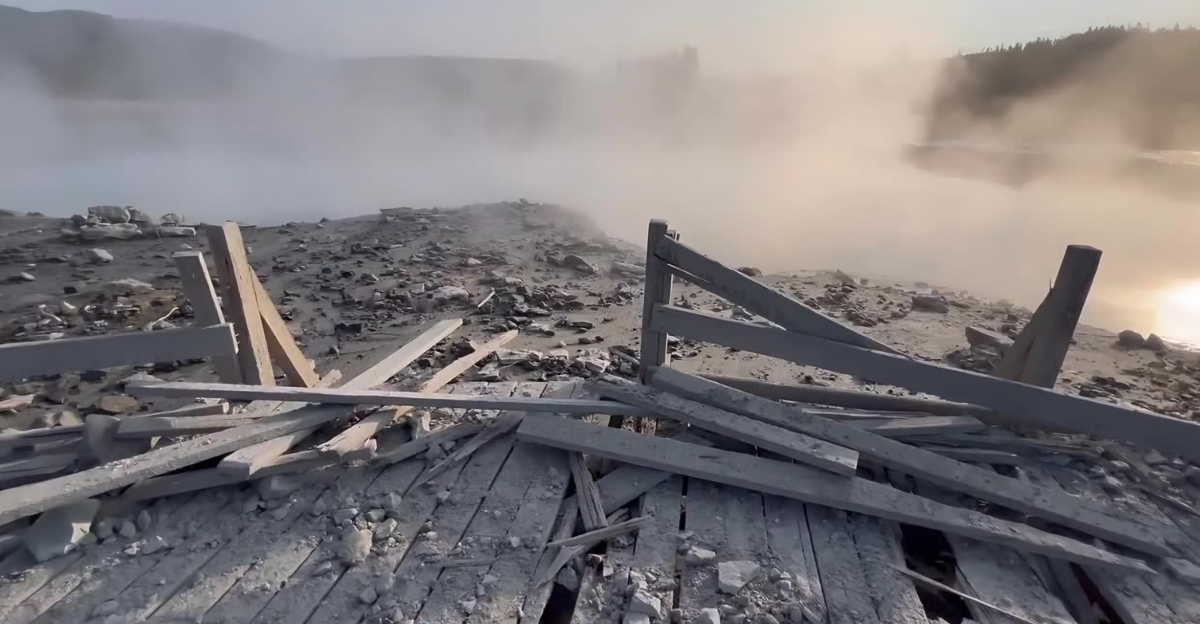
On July 23, 2024, Yellowstone National Park’s quiet Biscuit Basin broke its silence. Suddenly, a hydrothermal explosion at Black Diamond Pool hurled a ferocious slurry of mud, scalding water, and grapefruit-sized boulders into the air.
The eruption saw visitors running for safety and ignited a viral tempest on Reddit, TikTok, and YouTube. Yellowstone’s supervolcano mythology often drowns out its reality, and this non-volcanic eruption has sparked a plethora of questions about safety, science, and the future of America’s wildest park.
What does this mean for Yellowstone’s delicate ecosystem, millions of visitors, and the unseen forces simmering beneath the world’s first national park?
The Blast Heard Round the Web: What Really Happened?
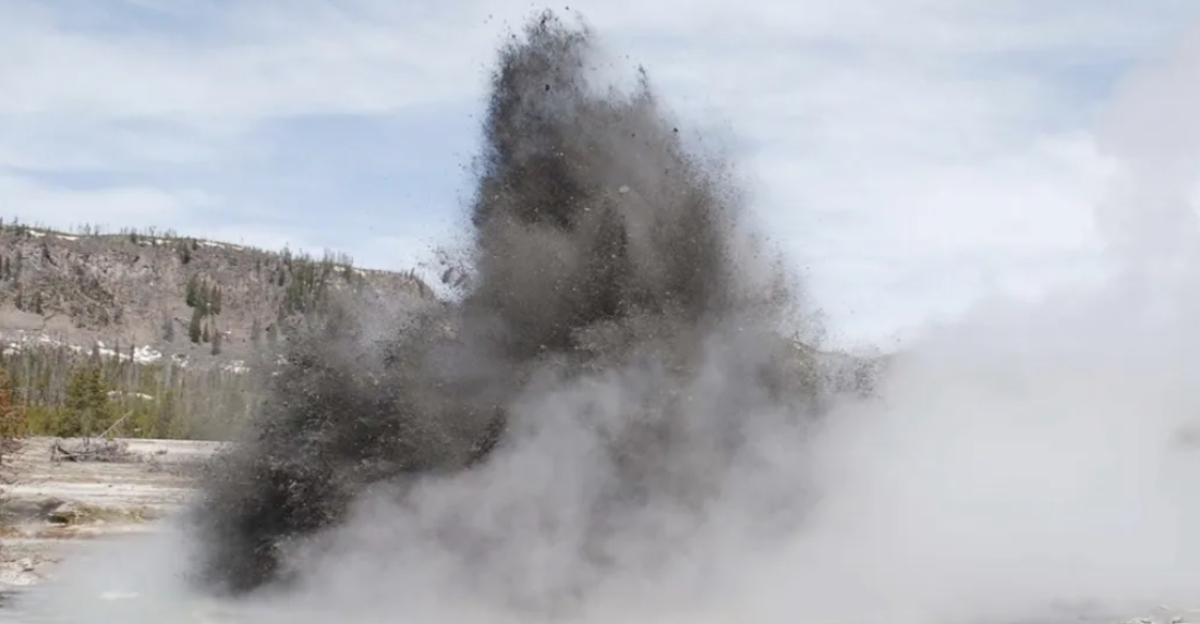
A little before 10 a.m., tourists on the Biscuit Basin boardwalk were startled by a deafening roar. Water, now superheated and trapped underground, vaporized, forming steam.
Within mere moments, the pressure released, shattering rock and propelling rubble hundreds of feet into the air. The explosion ripped pieces of the boardwalk apart and transformed the once-crystal-clear Black Diamond and Black Opal Pools into cloudy, churning cauldrons.
Miraculously, no one was injured, but the shock waves from this powerful explosion travelled far beyond the shores of the Firehole River.
The Science Beneath the Surface: Why Did This Happen?
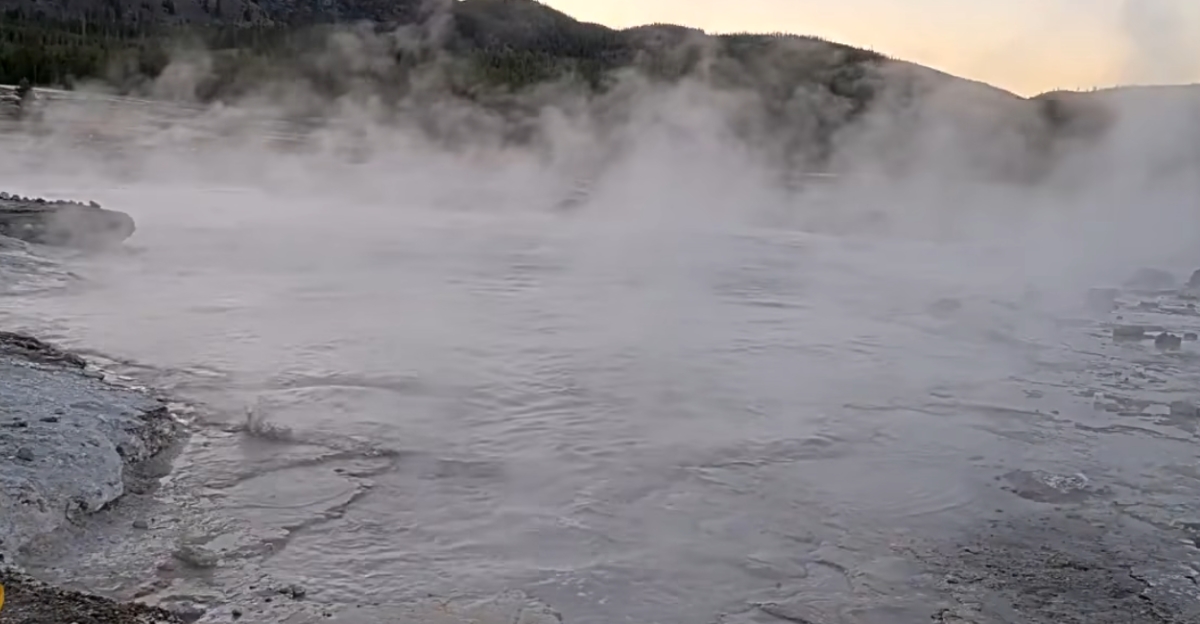
Yellowstone’s hydrothermal system is a labyrinth of bubbling water, pressurized steam, and fragile underground pipes. As minerals clog vents or fresh cracks form, pressure builds until it’s released in a sudden eruption.
This incident wasn’t caused by moving magma or a sign of volcanic doom. In fact, the park’s gas and seismic activity have been perfectly normal.
Instead, this event was an example of a hydrothermal explosion, which happens only a few times a year and rarely in well-travelled areas.
Viral Panic vs. Actual Danger: Do Tourists Have Reason to Worry?
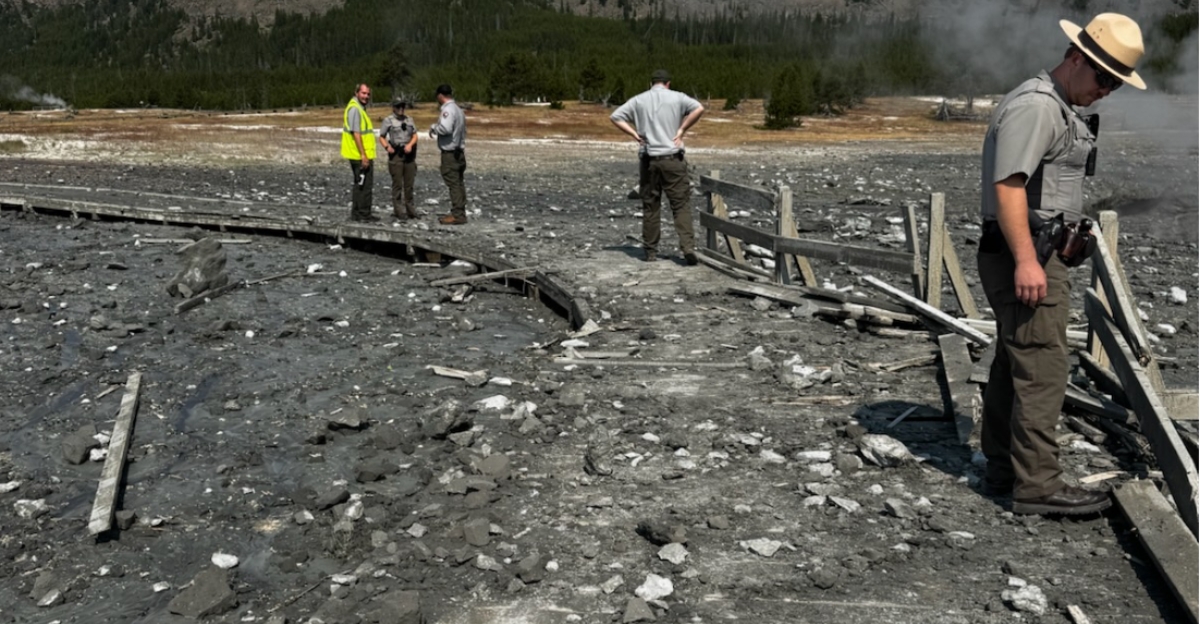
Videos of the eruption, showing tourists fleeing and rocks falling from the sky, spread quickly on social media, stoking fears that this might be a sign of Yellowstone’s “big one” and igniting Reddit threads questioning the park’s safety.
But the reality is that hydrothermal explosions, as staggering as they are, aren’t precursors to a supervolcano eruption. The actual danger is more localized and short-term: unstable ground, hot water, and erratic blasts.
The park later closed the Biscuit Basin for the year, while leaving most of Yellowstone still open and accessible to visitors. However, park authorities warn visitors to consider the park’s regulations.
Behind the Scenes: How Yellowstone Keeps People and Wildlife Safe
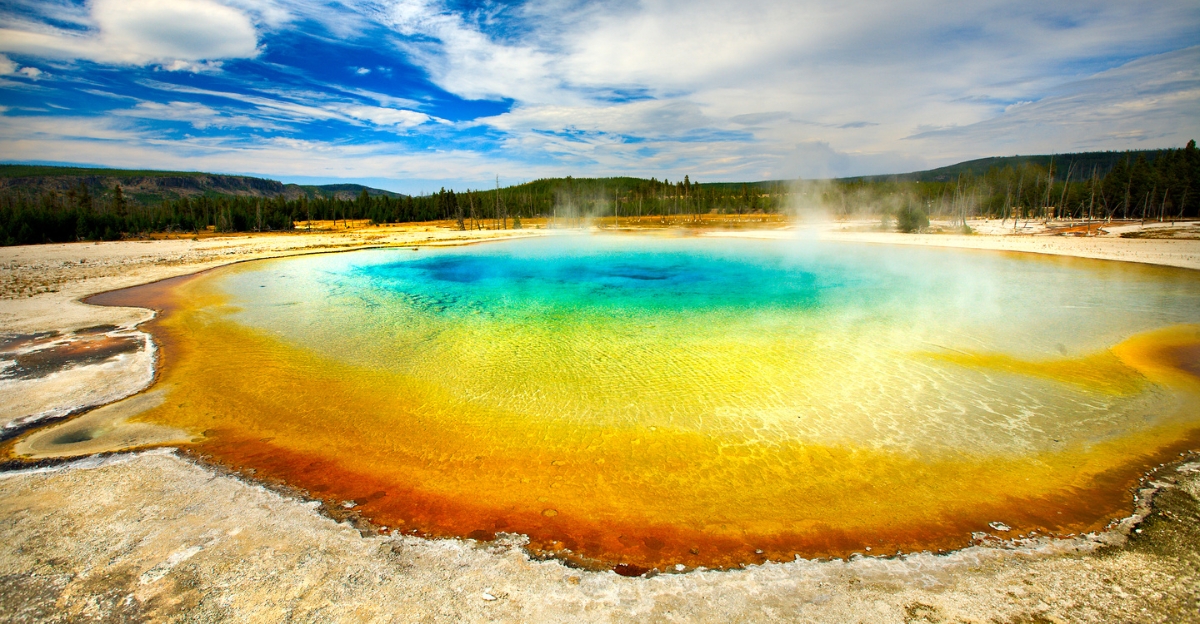
Yellowstone Park authorities responded rapidly and scientifically. Park rangers and USGS teams mapped debris, sampled water, and installed new sensors to monitor the altered hydrothermal system.
The closure of Biscuit Basin wasn’t merely for visitor safety alone; it also helps protect wildlife and sensitive microbial communities from further disturbance.
Further, neighboring basins, which are still open to the public, are being monitored more closely, and new infrared imaging flights will help spot changes before they become hazards.
Signs, Shifts, and the Unseen: What Led Up to the Blast
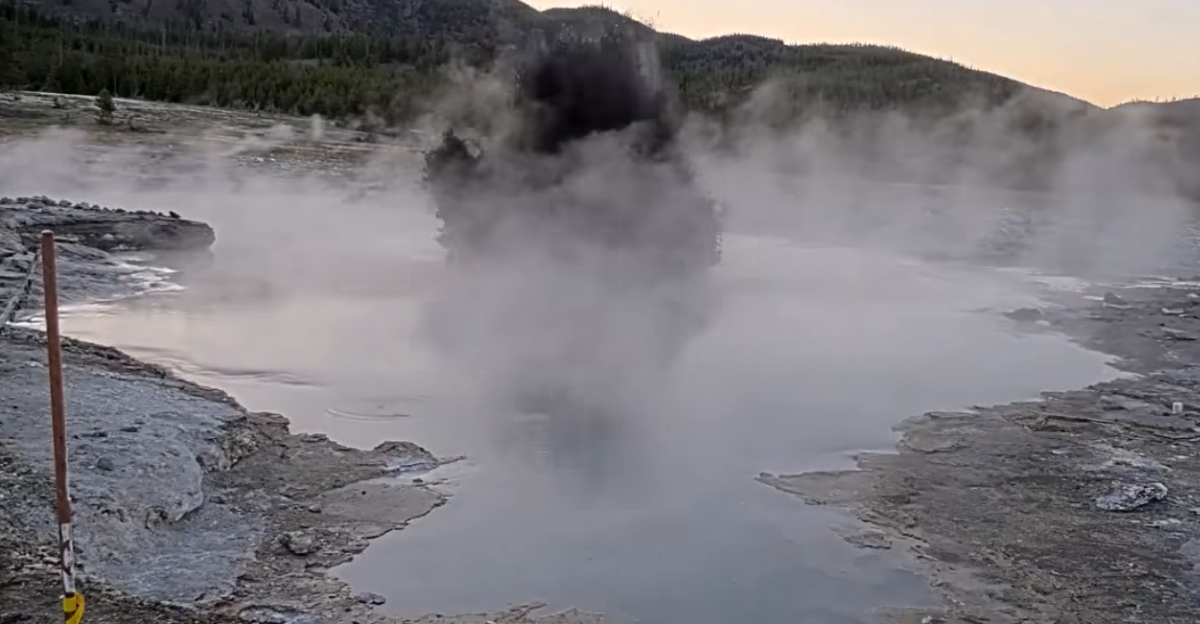
Hydrothermal blasts generally have no warning signs, no earthquakes or rumblings, only a sudden, chaotic release of energy. In this case, scientists suspect that a block in the underground pipes beneath Black Diamond Pool caused its eruption.
Earlier events, including the 1989 Porkchop Geyser explosion and the 2009 Wall Pool explosion, followed similar circumstances: quiet alterations followed by calamitous eruptions.
The lesson? Yellowstone’s mystique and magic hinge upon its instability, and even small changes can lead to monumental effects.
Yellowstone’s Secret Threats: It’s Not Just a Geyser Show
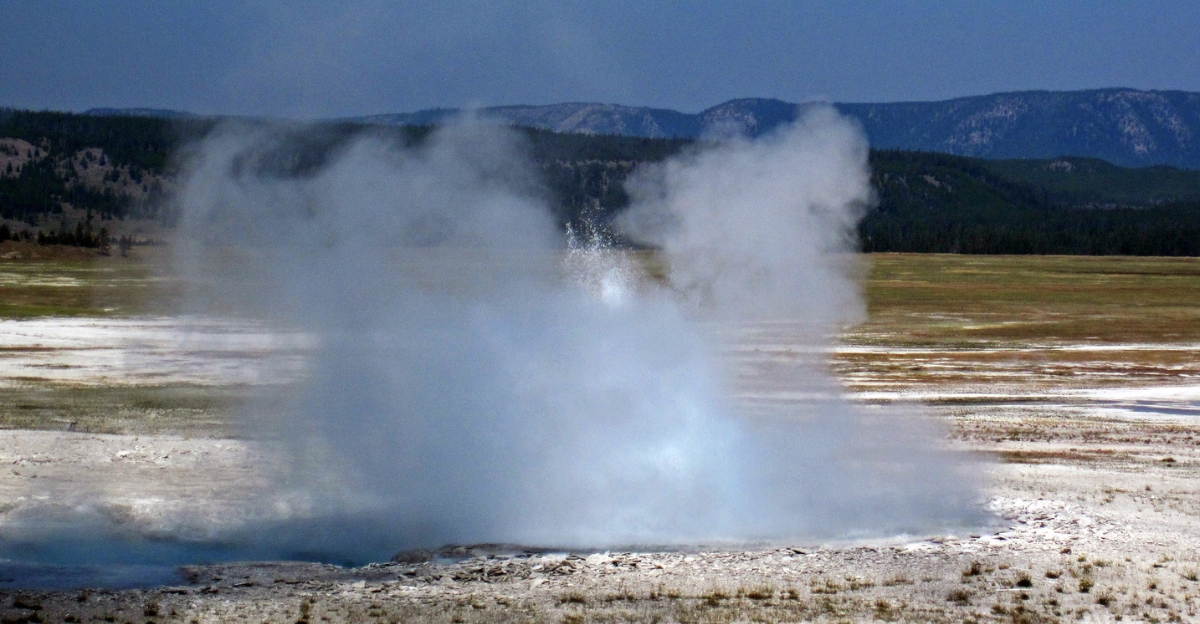
As the world frets over the park’s supervolcano legend, the real threat at Yellowstone is hydrothermal explosions, not volcanic eruptions. Over millennia, explosions have blasted out craters, felled trees, and diverted rivers.
More than 10,000 thermal features line the park—each one with the potential to burst at any time. What’s more, climate change, earthquakes, and even human intervention don’t help – they can all tip the balance, making caution and respect more essential than ever.
Echoes in the Wild: How Eruptions Create Ecosystems
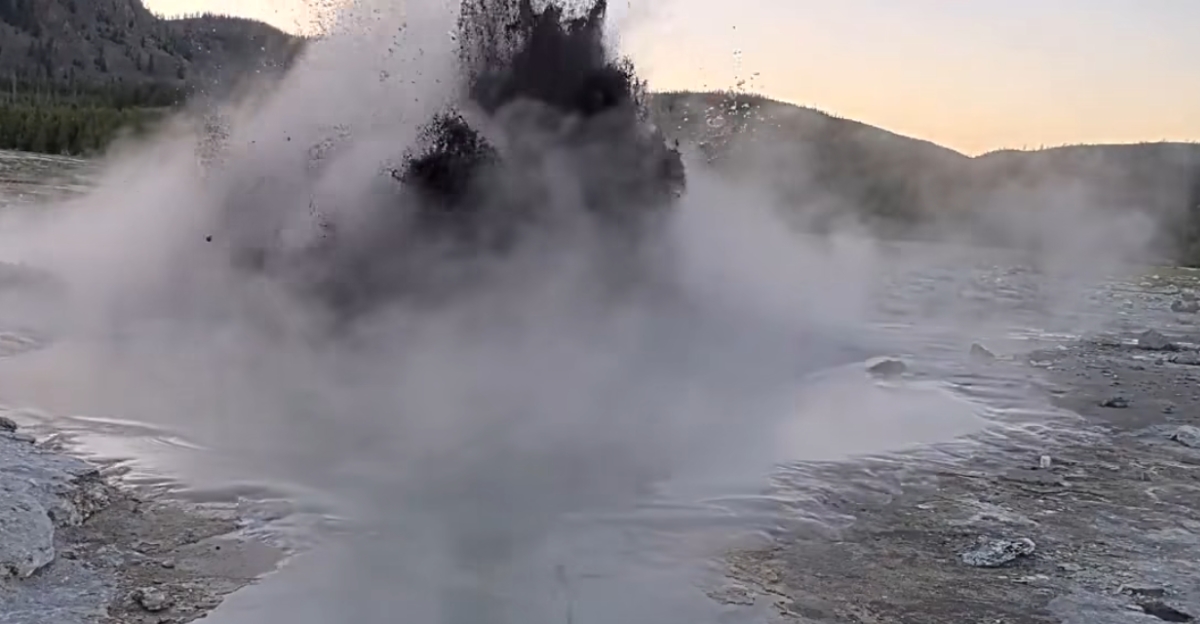
The immediate aftermath of the explosion is dramatic—scorched trees, debris-strewn pools, and unstable ground. The environmental ripples run a bit deeper, though.
Overflowing, sediment-laden water now pours into the Firehole River, altering its chemistry and threatening unique microbial life that forms the foundation of Yellowstone’s food web. Even small shifts in pH or temperature can wipe out species that have survived for millennia, with consequences that echo up the food chain.
Voices from the Ground: Human Stories Amid the Steam

Tourists who witnessed the eruption and caught it on camera share their fears and awe on social media. Many shared their shock at the sheer luck that no one was injured, but feelings of extreme vulnerability lingered.
Rangers described the aftermath as “shocking but not unprecedented,” and scientists labeled it a “reminder of nature’s untrammeled power.” Local merchants, however, brace for a decline in business as one of summer’s biggest draws is closed.
Lawmakers and Leaders: Who Is Watching Yellowstone Now?
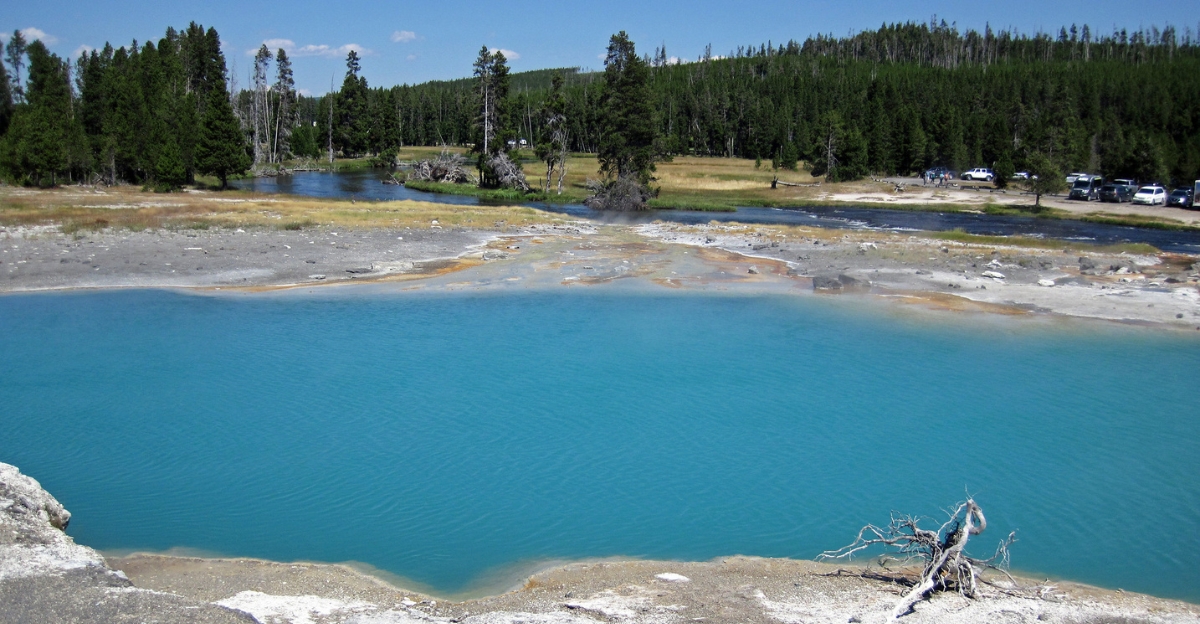
Yellowstone’s partial closure and viral fame have attracted criticism from lawmakers, regulators, and conservation groups. Arguments have focused on funding for monitoring, stricter visitor controls, and access vs. preservation.
For the park, this eruption is a wake-up call: safety measures, scientific study, and public awareness must keep up with nature’s volatility and the pressures of mass tourism. As a result, the park must face the fact that better precautions are necessary.
What’s Next? Lessons, Warnings, and the Road Ahead
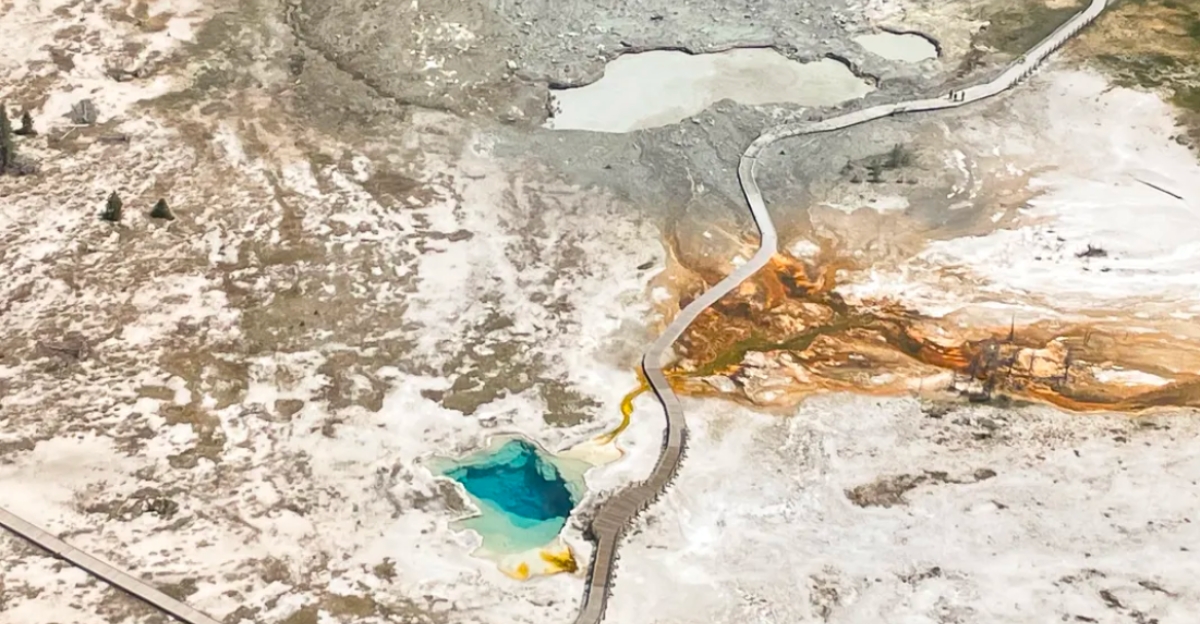
Yellowstone’s hydrothermal blast has altered more than its topography—it’s realigned our perception of risk, resilience, and responsibility. Now, the park is doubling down on vigilance, employing the latest technology to monitor even the slightest shifts.
Additionally, tourists are encouraged to remain on boardwalks, listen to given warnings, and heed closures—not just for their own protection, but to safeguard the park’s irreplaceable ecosystems.
The next eruption could happen tomorrow, or a decade from now, but the park’s procedures and equipment are being put in place, ready to respond.
Yellowstone’s Unstable Heart Keeps Beating
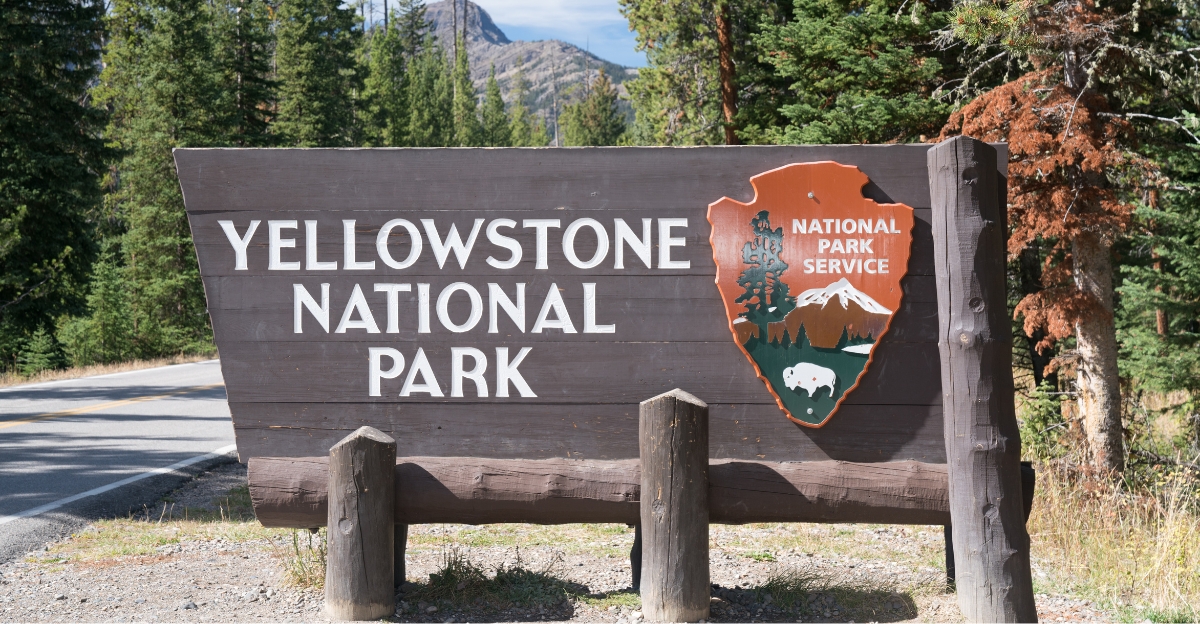
This eruption was not the apocalypse, but instead is a stern reminder that Yellowstone is as beautiful as it is perilous. The park’s hydrothermal core is buzzing with power that can carve landscapes, lives, and legends.
For tourists and scientists, the lesson is clear: respect the regulations, appreciate the wildness, and never confuse the landscape’s silence with security. Ultimately, Yellowstone’s greatest offering—and most significant threat—is its unwillingness to be tamed.
Explore more of our trending stories and hit Follow to keep them coming to your feed!

Don’t miss out on more stories like this! Hit the Follow button at the top of this article to stay updated with the latest news. Share your thoughts in the comments—we’d love to hear from you!







